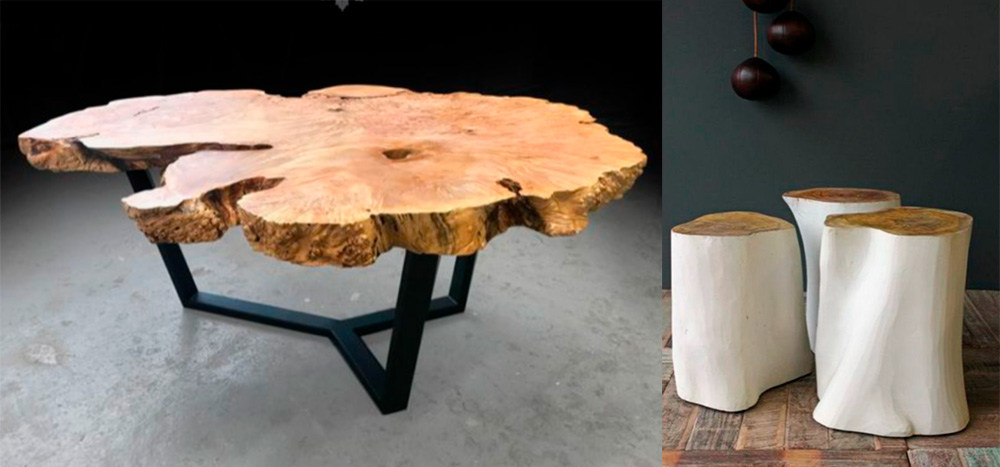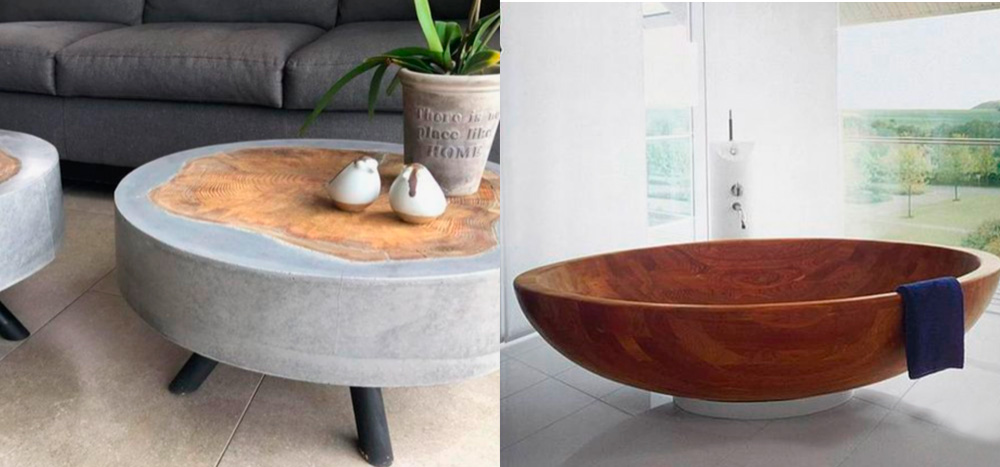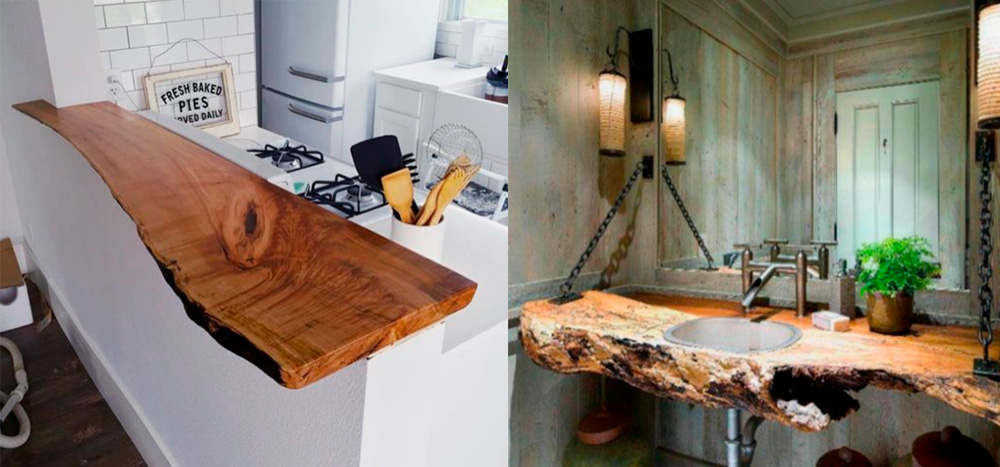First, the basics: Our forests are effectively the lungs of our planet. As forests diminish, air pollution increases resulting in allergies and respiratory diseases. Meanwhile the ozone layer of earth is becoming thinner which causes harmful ultraviolet rays linked to skin diseases.

As architects, sustainable sourcing of wood is therefore essential in our business. If you are in the construction and architecture industry, it has become increasingly important to show clients, partners and even your team that you operate in an environmentally, economically and socially responsible way. One way of doing this is choosing FSC certified wood that guarantees that the wood has come from a forest and supply chain that is managed in an environmental responsible way. This certification is particularly important as it is applied worldwide and has specific requirements.
With FCK certification secured, choosing from a variety of wood can be daunting as the material is very versatile and constantly being innovated. Hardwoods, such as oak or teak, are usually used for walls, ceilings and floors and softwoods are used to make furniture and frames.

In the modern construction world, alternatives such concrete, and steel are still the norm. But the movement towards more sustainable architecture have helped drive renewed interest in wooden building and manufacture. Timber is a particularly useful in construction as it is lightweight, robust, affordable and elastic.
At CORE, we love working and building with wood as a natural material that contributes to the ambience and the air quality in homes and in space in general. CORE also uses mostly wooden roofs that show their natural beauty as well as wooden ceilings. We like to play with the contrast of sleek architecture and the rough untouched edges of a tree-trunk for work-tops, furnitures and little design features. Natural material should not be made to look perfect, so we always like to keep the signs of time and rough edges.

Here are some easy tips that you can follow to create a more “woody” affect in your home without making it look like a cabin:
- Consider wooden window frames and floors for a more cosy and warm look. Wood is a living material and actually breathes, while creating a unique ambiance in any room in your house.
- Doors should be not made out of wood, but a wood veneered composite material, as solid wooden doors cen too heavy and requires big hinges.
- Add wooden “sculptures” carved out of nature – a piece of broken trunk you found in the woods perhaps. One of CORE projects, Apt 810, provides an example of such a wooden sculpture.
- Add a nice piece of furniture, such as a side table, rustic chair in the corner or wooden trays. In another one of our projects, Salgados flat, we did just that to add a more traditional look to the interior.


